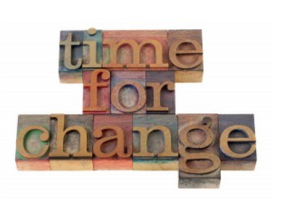Does your business have products or services of interest to customers classified in the baby boomers market? If so, you should be targeting baby boomers with your marketing campaign … it is a significant business opportunity and growth for the next 20 years.

Check out our thoughts on customer focus.
Related: 11 Steps to Media Framing Messages for Optimum Engagement
Baby boomer years … relevant facts about baby boomers
Why a significant market opportunity, you say? Consider these facts (Statistics source: Tom Peter’s blog) about the baby boomers market segment:
One USA boomer is turning 65 every 8 seconds…that rate will continue for the next 20 years.
USA adult population will have grown by 23 million in the 10 years between 2006 and 2016.
Ages 18-49 will have grown by 1 million … age 50+ will have grown by 22 million.
At age 50, we effectively have … a full 50% of our healthy adult life ahead of us.
An average American will buy 13 cars in the course of a lifetime …7 after age 50.
Age 55-plusers are … more active in online finance, shopping, and entertainment than those under 55.
Boomers inherit $8.4 trillion in the next few years; 70% of boomers will inherit on average $300K.
The net wealth of households headed by 65+ is 47 times greater than the net wealth of households headed by someone <35; 20 years ago the ratio was 10:1.

The traditional approach
Have you noticed that almost no advertisers or marketers target the boomer segment? It is as if they didn’t exist, isn’t it? These guys are living in the past.
Previously generations selected a brand between the ages of 18 and 25 and rarely switched. And that became the target age for advertisers and the myth of today.

Baby boomers … the truth about this segment
According to an August 2012 Nielsen study, Baby Boomers account for nearly half of consumer packaged goods spending and will control 70 percent of disposable income within five years.
And in addition, a Gallup poll found that as people enter their 50s, their attitudes about their finances start an upward climb.
Americans entering their 50s and older are:
More likely to say they “feel good about the amount of money they have to spend”
Less likely to worry that they’re spending too much money
More likely to say they have the ability to “make a major purchase, such as a car, appliance or significant home repair”
More likely to say they have enough money to “do what they want to do”

